Looks like Google is buckling up on its privacy features in response to user complaints regarding privacy breaches and leaks in the past few months. Earlier this year, Google announced Cookies Blocker feature for Chrome, allowing users to monitor websites that store their data, thus giving them more control over their session privacy. Then it was the in-built Chrome Task Manager, which allows monitoring of processes and extensions running over your browser in a particular session.
Now Google has announced more features for users to keep their personal activities on Google hidden and protected and monitor potential breaches over password protection on Google Password Manager. These features are said to enhance your Google account’s privacy, thus placing Google upfront on its “privacy plan” this Cybersecurity Awareness Month.
Let’s take a look at these new features offered by Google under its new pledge to upgrade privacy on Google accounts:
What Are Google’s New Privacy-Focused Features?
1. Auto-Delete YouTube History
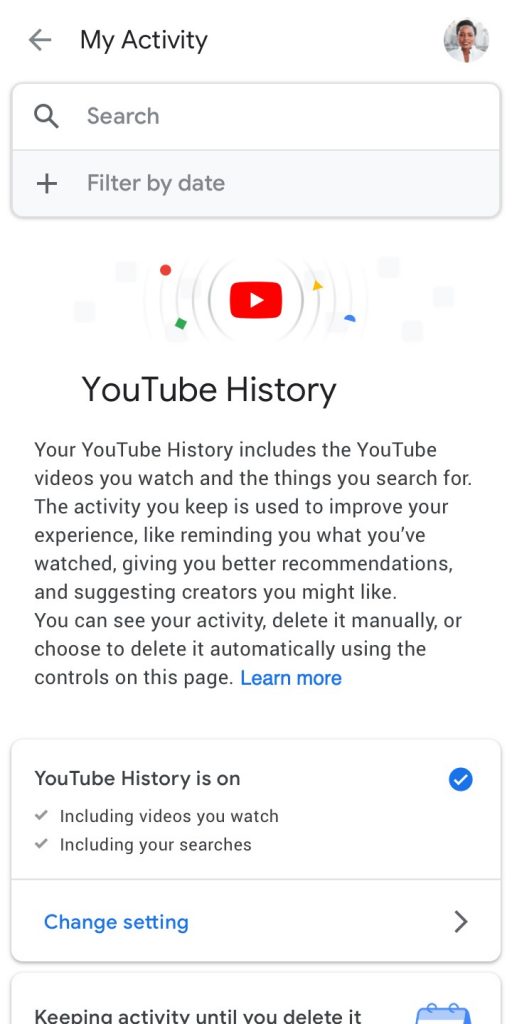
- Announced this May, Google has finally enabled auto-delete feature on YouTube, allowing users to delete YouTube history that is being saved for probably months.
- YouTube tracks your location and your watch history to personalize video recommendations for you.
- With this new feature, you’d be able to turn-on automatic deletion of YouTube history by setting up a specific time period.
- The concerned “time period” here refers to the number of months you wish to keep the history stored before deletion.
- You can set time period of either 3 months or 18 months or decide to keep it until you delete it manually. This would mean that YouTube history would be stored for a period of 3 or 18 months (as per your choice), and then would be deleted automatically.
Follow the steps below to turn on automatic deletion of YouTube history.
Step 1: For deleting YouTube history, you need to visit Google Activity Controls here.
Step 2: At this link, find Manage Your Activity Controls.
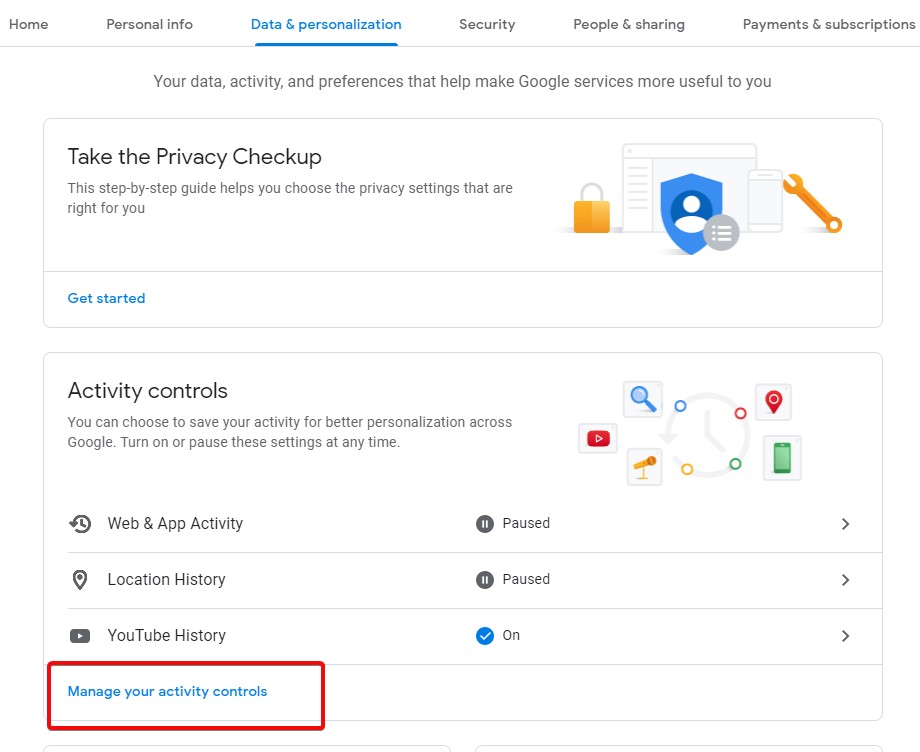
Step 3: Head to YouTube activities
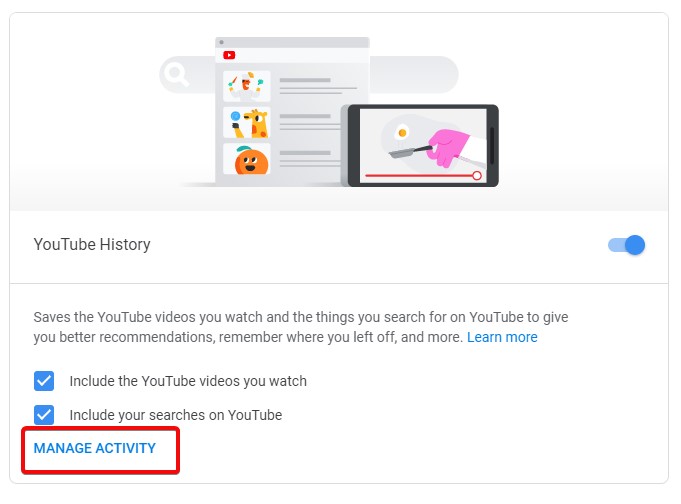
Step 4: Change preferences for deleting YouTube history

Step 5: Choose your time period and set time for auto-deletion.
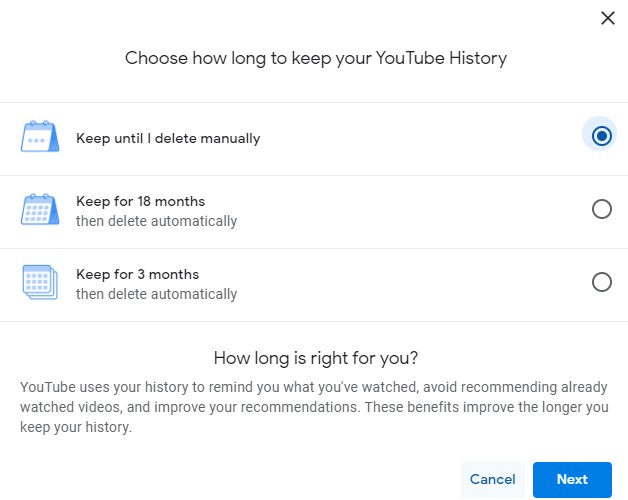
2. Maps “Incognito”
Incognito mode in Chrome has been one of the oldest and most primary features offered by Google on the grounds of privacy. Launched in 2008, Chrome’s incognito feature was later added to YouTube as well, and now it is Google Maps , we’re going to experience the feature in. Google’s location tracker/market and the world’s best web mapping service has been considered invasive more often than any other Google services. It has been reported several times that Maps have been storing users’ location data without permissions.
But now, you can search location Google Maps without worrying about privacy breach under its Incognito mode. During incognito searches for destinations and locations on Maps, your search history and location data won’t be saved by Google, the same as in incognito mode on Chrome.
Google has begun rolling out this feature region-wise and it would be really easy to activate. Just tap your photo on the top-right corner of your mobile phone and tap on Turn on Incognito Mode.
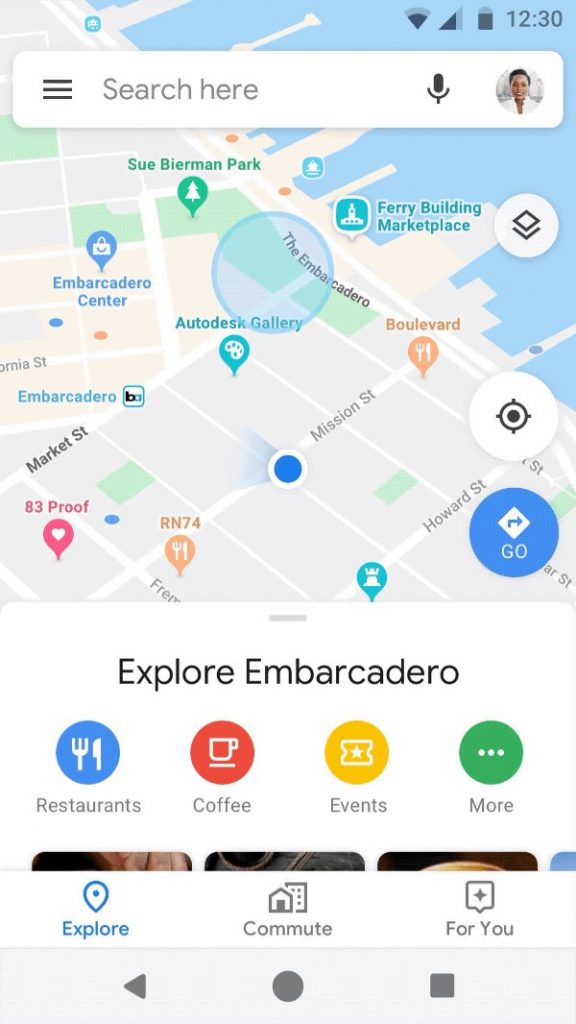
3. Delete Assistant Activity using Google Voice Command
Google is now letting you delete Google assistant voice commands and the questions you ask Google Assistant without going through Assistant settings. Google’s AI Assistant helps users to execute tasks like making calls, opening apps, sending texts, and searching for Google results via simple voice commands. These voice commands are saved, to personalize your search through Assistant. With this latest privacy feature, you’d be able to get rid of this saved data at a voice command itself.
Just ask Google; “Hey Google, delete the last thing I said to you” or “delete everything I said to you last week”. Why just “last week”? Well, that’s how long you can go back in your search history on Assistant to wipe it off. To delete saved commands given prior to last week, you need to go through Assistant Settings.
4. Password Checkup in Google’s Password Manager
Google Chrome has a password manager that allows users to save their passwords for sites they visit on the browser. The manager is designed to help the user remember passwords for different login credentials on social media sites, e-retail platforms, etc. Google, in February this year, added an extension on Chrome called Password Checkup. The Password Checkup extension scans the saved passwords on Chrome against login pages, compromised accounts, and if Google’s claims are to be believed, some parts of the dark web. In case any of your passwords have been used to make breach attempts, Google would alert you to change it.
Now, this feature would be embedded into your Google Account, directly into the password manager. The new password manager would something like this once Password Checkup is integrated as an in-built feature in it.

This feature has to be a top priority during the Cybersecurity Awareness Month. Google has been earlier exposed to saving user passwords in plain text for as long as fourteen years. Since this feature won’t be of use if you don’t save passwords on Chrome, Google has to ensure that the saved passwords remain encrypted and secured on its servers. The whole deal is to end the reuse of passwords, which has been very prominent among users. With this feature, Google is probably looking for cleaning its slate and make a new start in privacy-focused internet usage.
Read Also: Best Anti Malware Software
Use TweakPass and Get a Password Manager Right Now
Google would be slowly rolling out the new Password Checkup feature, but you can get a more secure and potentially reliable password manager right now:

- TweakPass is a password manager-cum-vault that allows users to save their passwords for multiple logins in a single vault. And that vault is then protected by a master-key, known only to the password owner.
- The best part about TweakPass is that it is a stand-alone password manager and is not integrated into a browser. Therefore, it keeps your passwords away from breach attempts that could be made on your browser activities.
- Being stand-alone, it ultimately becomes more reliable in terms of security and gives users more certainty over the protection of their login credentials.
- It is SSL-protected, which means that your passwords are always encrypted, along with the master password. You can also set a hint to remember your master key.

- Plus, it comes with an extension to Chrome, Firefox, MS-Edge, and Opera browsers. This way, you can import passwords saved on your browsers directly into TweakPass vault.
Among Google’s new privacy features, Incognito Maps is the best one. Protecting your location data can be really helpful to prevent data breaches. On the other hand, it would take some time to trust the reliability of the new Password Checkup feature, given Google’s past history of password leaks. Besides, YouTube’s history deletion feature, as well as deleting Google voice commands, are both good inclusions in Google’s privacy plan. But again, we’d have to see how users would respond to these features.



 Subscribe Now & Never Miss The Latest Tech Updates!
Subscribe Now & Never Miss The Latest Tech Updates!